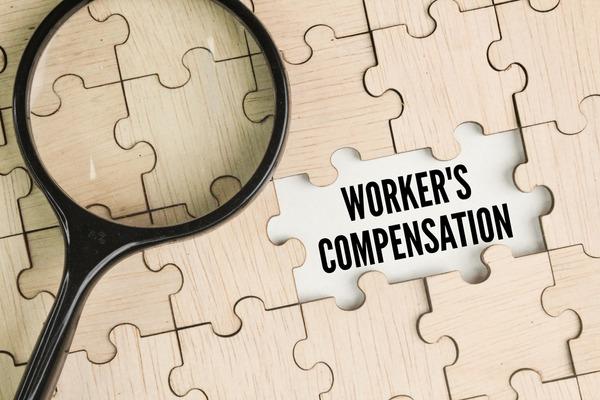In Minnesota, workers’ compensation is a no-fault system. This means it’s supposed to pay for your medical treatment and lost wages, even if no one did anything wrong to cause the injury. But insurance companies don’t always agree.
As a major hub for healthcare, manufacturing, and retail, Minneapolis sees a wide range of workplace injuries, each with unique legal and medical challenges that require local insight. However, many claims can get denied for reasons like incomplete paperwork, lack of medical evidence, or the insurer disputing whether your injury actually happened at work.
You should get in touch with a Minneapolis workers’ comp attorney if you do find yourself in this type of situation. They know the local rules, how the system works in Minnesota, and how to fight back against unfair denials.
Contents
Step 1: Understand Why Your Claim Was Denied
When your claim is denied, the insurance company must send you a form explaining exactly why. In Minnesota, this is called the Notice of Insurer’s Primary Liability Determination.
The notice lists the facts and legal reasons the insurer is using to say “no.” Before you do anything else, read that form carefully. Understanding the specific reason for denial helps you decide what to do next.
Common reasons include:
- The insurer says the injury didn’t happen at work.
- They believe a pre-existing condition is causing your symptoms.
- You missed a deadline or left out some required information.
- Medical records don’t fully support your claim.
You might find that the denial was caused by something simple, like missing paperwork. Or it could be more complicated, like a dispute over whether your job actually caused the injury.
Step 2: Gather Strong Evidence to Support Your Case
If your claim was denied, you’ll need solid proof that your injury is real and work-related. This is how you build a strong appeal. Some of the most useful things you can gather include:
- Updated medical records showing a clear diagnosis
- A statement from your doctor connecting the injury to your job
- Accident reports filed at work
- Witness statements from coworkers who saw the incident
- Photos or videos from the workplace showing unsafe conditions
The goal is to fill any gaps that the insurance company used to justify its denial.
Step 3: Talk to the Claims Adjuster
Before jumping into a formal appeal, it’s a good idea to contact the insurance claims adjuster listed on your denial form. Sometimes claims are denied due to simple errors or missing paperwork that can be fixed quickly.
Politely ask them to explain what they need, and see if the issue can be resolved directly. If not, it’s time to move forward with the official appeal process.
Step 4: File an Appeal with the Minnesota Department of Labor and Industry
If talking to the adjuster doesn’t solve the problem, you have the legal right to appeal. In Minnesota, this starts with filing an Employee’s Claim Petition with the Department of Labor and Industry (DLI). This form lets you tell your side of the story, including:
- What happened at work
- What medical care you’ve had
- What benefits you’re requesting
It’s important to include any supporting documents like doctor’s notes or injury reports. This paperwork tells the state why you think the denial was wrong.
Your attorney will help you make sure everything is filed correctly and on time. If the appeal isn’t handled properly, you could miss your chance to get benefits.
Step 5: Prepare for a Formal Hearing
Sometimes, the appeal gets resolved during the first step. But if the insurance company still denies your claim, the case may go to a formal hearing with the Office of Administrative Hearings.
This is like a trial, but without a jury. A judge listens to both sides, reviews the evidence, and makes a decision. You and your attorney will present your case, including testimony from you, your doctor, and possibly other witnesses.
The main things you need to prove are:
- That your injury happened at work
- That your injury is the main reason you need medical treatment, or you can’t work
Medical causation is often the hardest part. Insurance companies might say your condition was caused by something outside of work, or that you had a pre-existing issue. A good doctor’s report and testimony can really turn the tide in your favor here.
Step 6: If Denied Again, Take It to the Workers’ Compensation Court of Appeals
If the judge still sides with the insurance company, you can file a second appeal with the Minnesota Workers’ Compensation Court of Appeals. This must be done within 60 days.
This level is more complex, and it’s very important to have a qualified attorney guiding you. The court will look at the previous hearing record and decide whether the judge made the right decision.
What If You Still Don’t Win?
You can keep appealing up to four times in total:
- Formal hearing before a workers’ comp judge
- Appeal to the Workers’ Compensation Court of Appeals
- Appeal to the Minnesota Court of Appeals
- Appeal to the Minnesota Supreme Court
Each level gets more complicated. But each one gives you another chance to prove your case.




